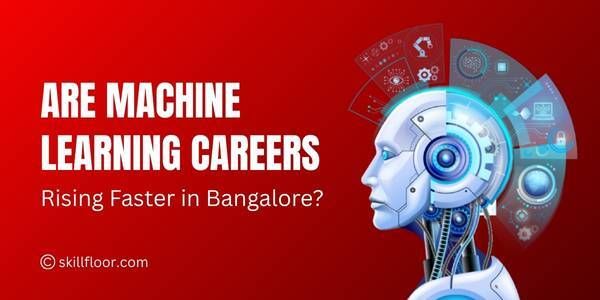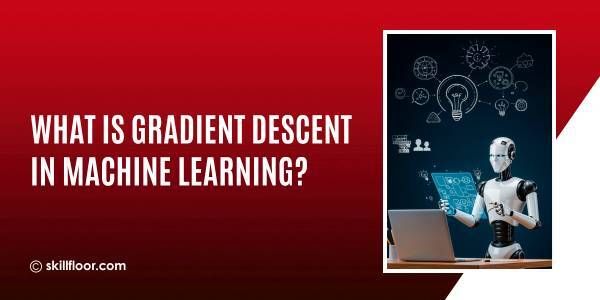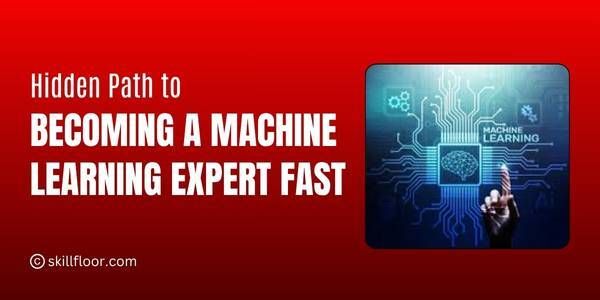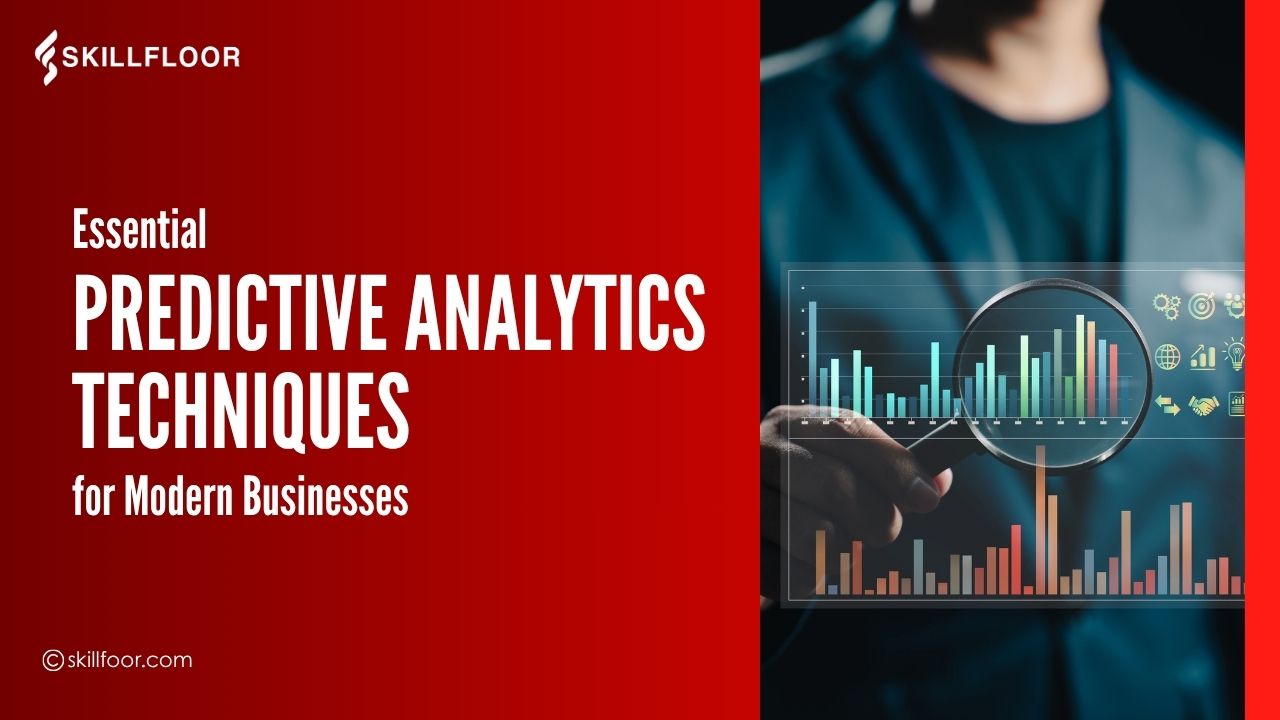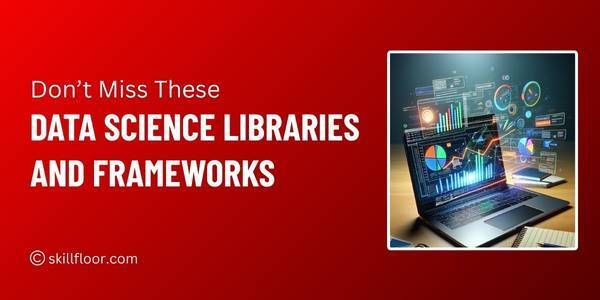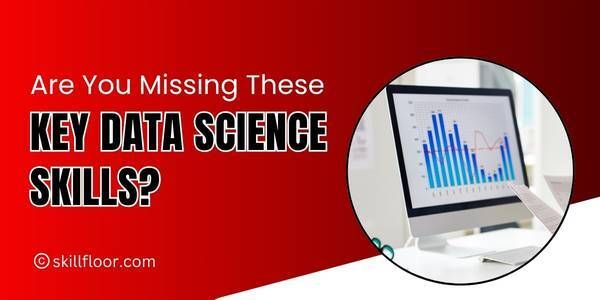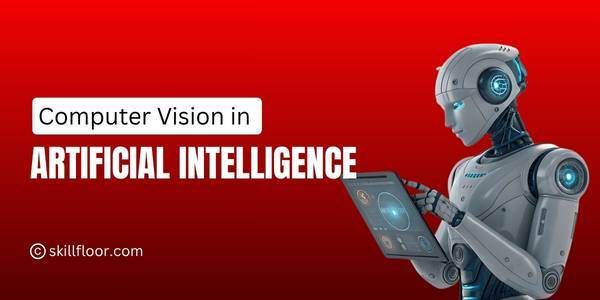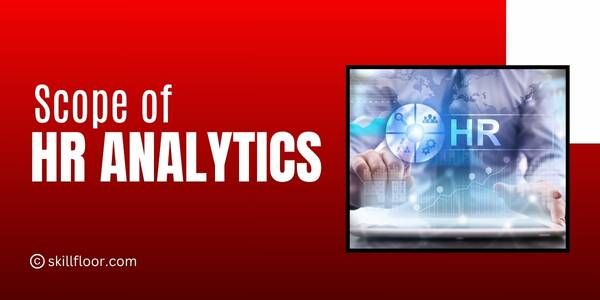A Complete Guide to Prediction in Data Mining
Explore a complete guide to prediction in data mining, including key techniques, applications, challenges, and future trends to help you make data-driven forecasts confidently.

Have you ever wondered how Netflix seems to know exactly what shows you might like, or how online stores recommend products that feel like they were picked just for you? Well, a big part of that magic comes from something called prediction in data mining. Don’t worry if that sounds complicated—it’s a lot simpler than it seems once you break it down.
At its core, prediction in data mining is all about using past information to guess what might happen next. Imagine you have a huge pile of data, like customer purchase histories, website visits, or even weather records. Prediction helps sift through all that to find patterns and clues that tell us what to expect in the future. This isn’t just guessing; it’s a smart way of making decisions based on evidence and facts.
Businesses, healthcare providers, financial institutions, and even sports teams use prediction to improve their strategies and make better choices. For example, a retailer might predict which products will be popular next season, while a hospital could forecast patient recovery times to improve care. It’s like having a crystal ball powered by data!
Whether you’re curious about how your favorite apps seem to “know” you or interested in how data shapes the future, this guide will help you understand the basics simply and engagingly. Ready to dive in? Let’s explore the fascinating world of prediction together!
What is Prediction in Data Mining?
Prediction is a fundamental task in data mining that involves using historical data to forecast unknown or future values. Unlike descriptive analysis, which summarizes past data, prediction aims to infer new outcomes. For example, based on past customer purchases, a retailer might predict which products a customer is likely to buy next.
In data mining, prediction typically refers to estimating a target variable’s value, which can be either categorical (classification) or continuous (regression). It helps convert vast amounts of raw data into meaningful forecasts that support decision-making processes.
The Role of Prediction in Data Mining
Prediction serves several key roles in data mining and business intelligence:
-
Decision Support: By anticipating future events, companies can make proactive decisions instead of reactive ones.
-
Risk Management: Predictive models help identify potential risks early, such as fraud detection or credit default prediction.
-
Personalization: Businesses use prediction to tailor recommendations and marketing efforts to individual customers.
-
Resource Optimization: Predictive insights enable efficient allocation of resources, such as inventory management or workforce planning.
The predictive power of data mining makes it indispensable for competitive advantage and operational efficiency.
Key Prediction Techniques in Data Mining
Several algorithms and methods are commonly used for prediction in data mining. Each has its strengths depending on the nature of the data and the problem to be solved.
1. Regression Analysis
Regression predicts continuous values based on independent variables. For example, predicting house prices based on size, location, and amenities. Linear regression is the most basic type, while more advanced versions include polynomial and logistic regression.
2. Classification
Classification is used when the predicted variable is categorical. Popular algorithms include Decision Trees, Random Forests, Support Vector Machines (SVM), and Neural Networks. For example, classifying emails as spam or non-spam.
3. Time Series Analysis
This technique forecasts future values based on previously observed data points collected over time. It is widely used in stock market predictions, sales forecasting, and weather prediction.
4. Neural Networks and Deep Learning
Inspired by the human brain, neural networks are powerful in handling complex patterns and large datasets. Deep learning, a subset, excels in image, speech, and text prediction tasks.
5. Ensemble Methods
Combining multiple models to improve prediction accuracy. Techniques like boosting, bagging, and stacking help reduce errors and increase reliability.
Data Preparation: The Foundation of Accurate Prediction
Before applying predictive algorithms, data must be properly prepared. This phase is critical because the quality of input data directly affects prediction accuracy.
-
Data Cleaning: Handling missing values, correcting errors, and removing duplicates.
-
Data Transformation: Normalizing, scaling, or encoding data to fit algorithm requirements.
-
Feature Selection: Choosing relevant variables that influence the target outcome.
-
Data Splitting: Dividing data into training and testing sets to validate the model’s performance.
Skimping on data preparation can lead to misleading predictions, so this step demands careful attention.
Applications of Prediction in Data Mining
Prediction is utilized across a broad spectrum of industries and functions:
-
Healthcare: Predicting disease outbreaks, patient outcomes, and drug effectiveness.
-
Finance: credit scoring, fraud detection, stock market forecasting.
-
Retail: Customer churn prediction, demand forecasting, targeted marketing.
-
Manufacturing: predictive maintenance, quality control, and supply chain optimization.
-
Telecommunications: Network failure prediction, customer behavior analysis.
By applying predictive models, organizations improve accuracy in forecasting and decision-making, resulting in cost savings and enhanced customer satisfaction.

Challenges and Considerations in Predictive Data Mining
While prediction holds immense potential, it comes with challenges:
-
Data Quality Issues: Incomplete or biased data can skew predictions.
-
Overfitting: Models that perform well on training data but poorly on new data.
-
Interpretability: Some algorithms (like deep learning) are complex and hard to interpret.
-
Ethical Concerns: Using prediction responsibly to avoid privacy violations or unfair biases.
Addressing these challenges requires expertise, ethical guidelines, and continuous model evaluation.
Best Practices for Effective Prediction in Data Mining
To maximize prediction success, consider these best practices:
-
Invest in high-quality data collection and preprocessing.
-
Choose algorithms suited to the problem and data characteristics.
-
Regularly validate and update models with new data.
-
Use explainable AI techniques to make predictions transparent.
-
Align prediction goals with business objectives.
-
Ensure compliance with data privacy laws and ethical standards.
Following these steps ensures that predictive analytics remains reliable and valuable.
Future Trends in Prediction and Data Mining
The future of prediction in data mining is exciting, with advances like
-
Automated Machine Learning (AutoML): Simplifies building and deploying models.
-
Explainable AI: Enhances trust by clarifying how predictions are made.
-
Edge Computing: Enables real-time predictions on devices, improving speed and privacy.
-
Integration of Big Data: More diverse and massive datasets improve prediction accuracy.
-
AI Ethics: Growing focus on responsible and fair use of predictive models.
Staying updated with these trends will keep professionals and organizations ahead of the curve.
Prediction in data mining is more than just a technical tool—it’s a strategic asset that can revolutionize how organizations operate and compete. By turning data into foresight, businesses can anticipate challenges, seize opportunities, and deliver better experiences.
If you’re excited about harnessing the power of prediction, remember it starts with quality data, the right algorithms, and ongoing evaluation. Whether you’re a data enthusiast or a business leader, embracing predictive analytics is your gateway to smarter decisions and greater success.
What predictions will you make with your data? Let’s explore the possibilities together!






















